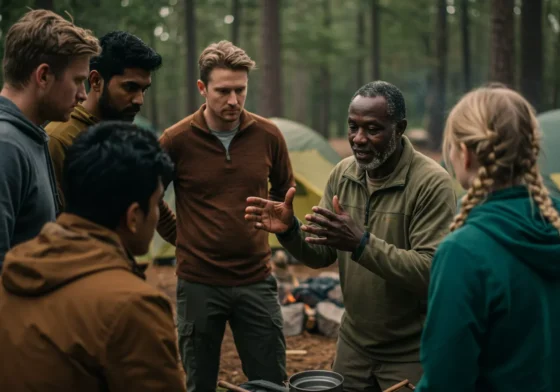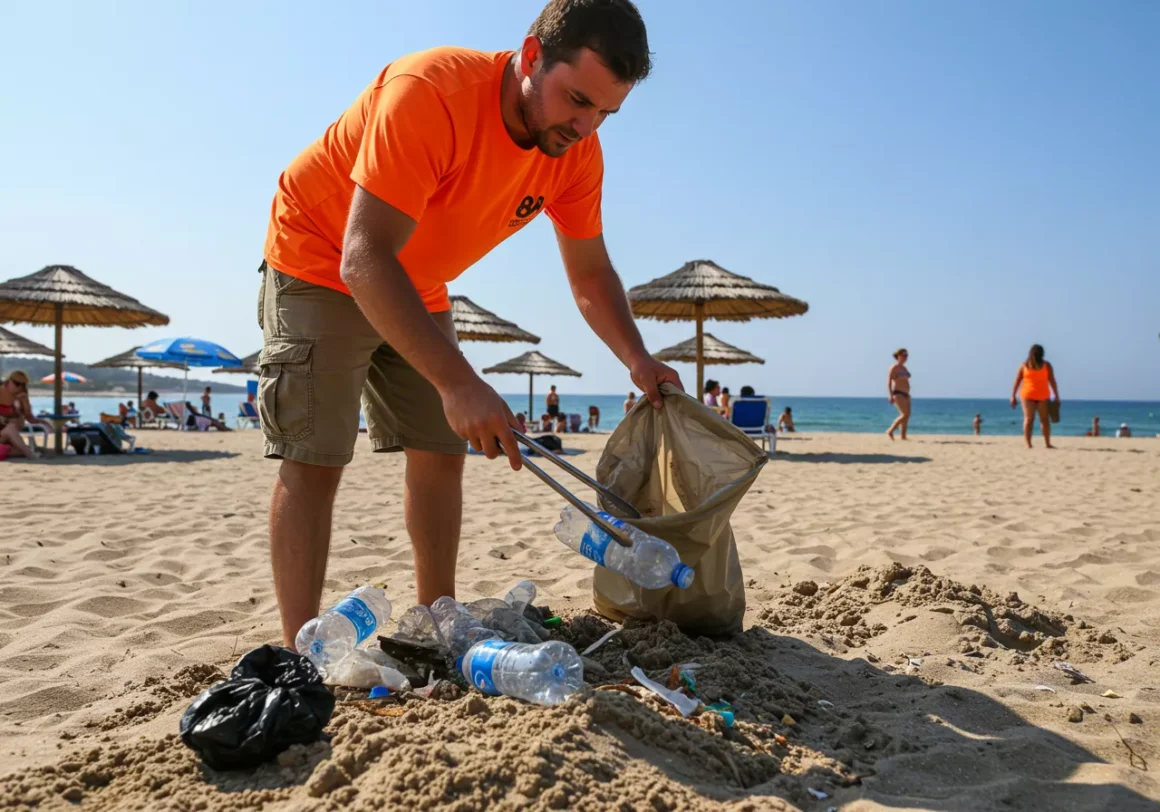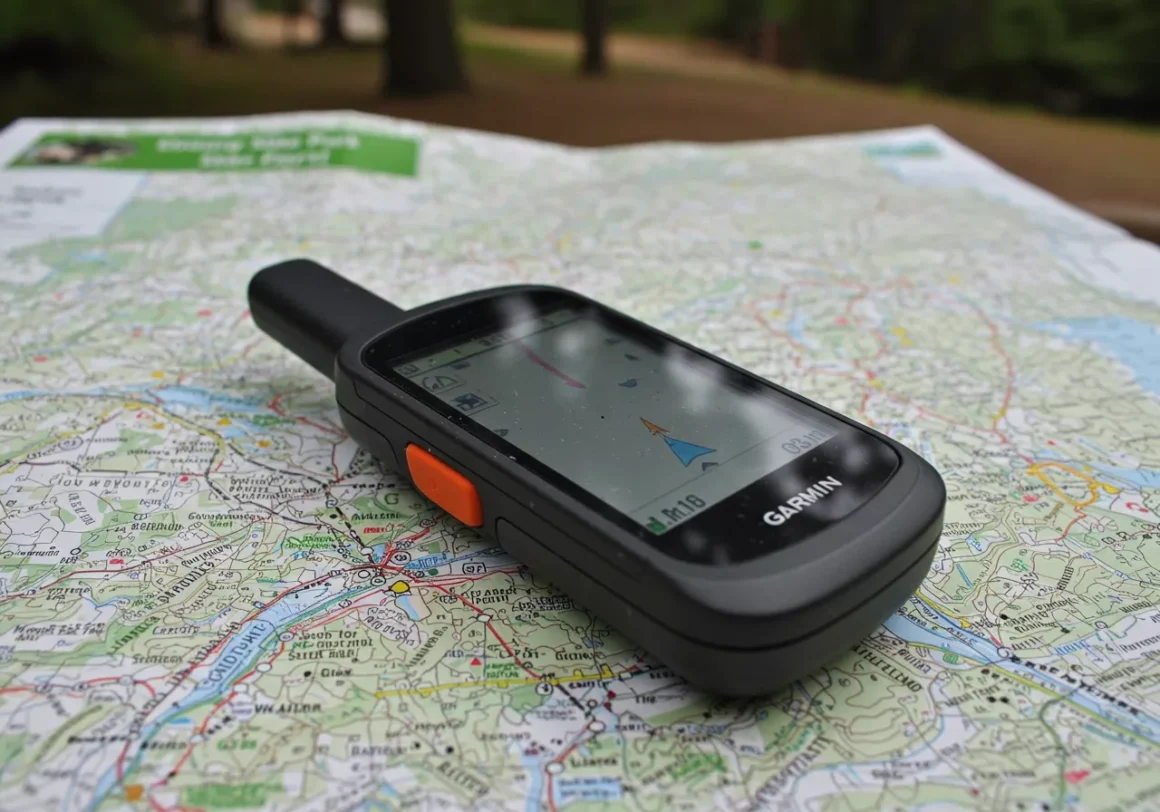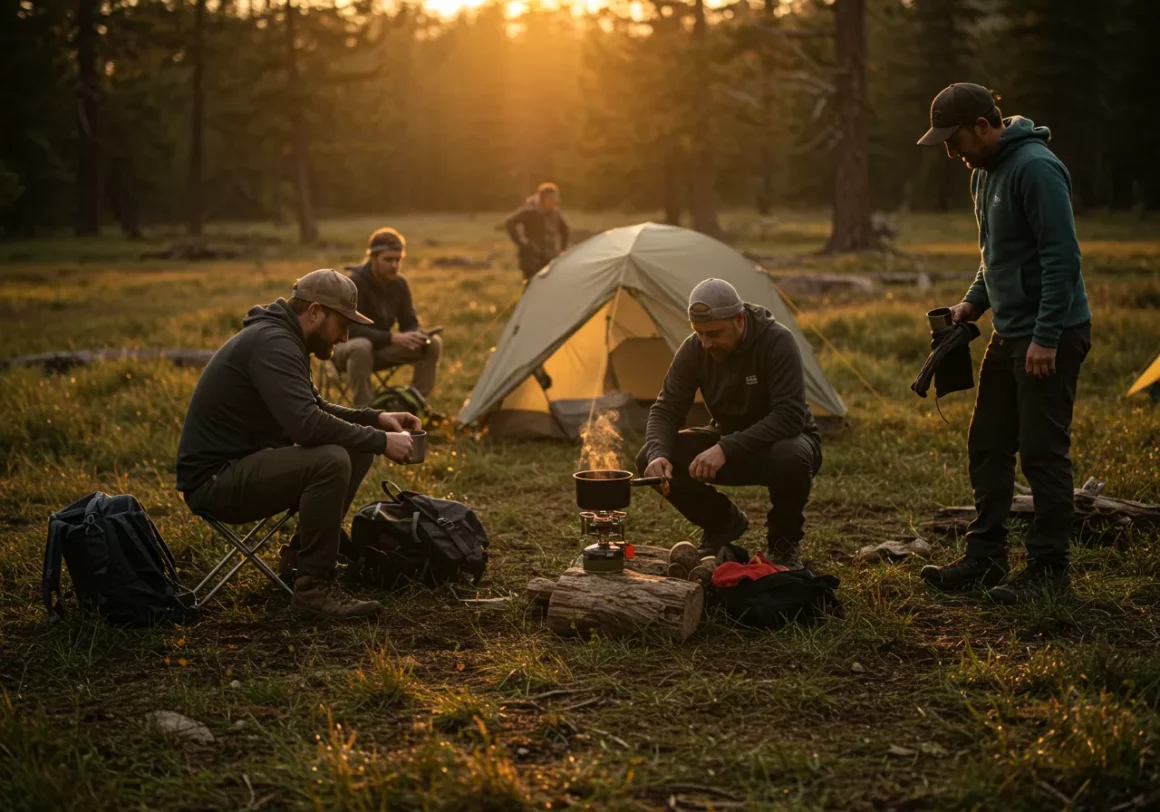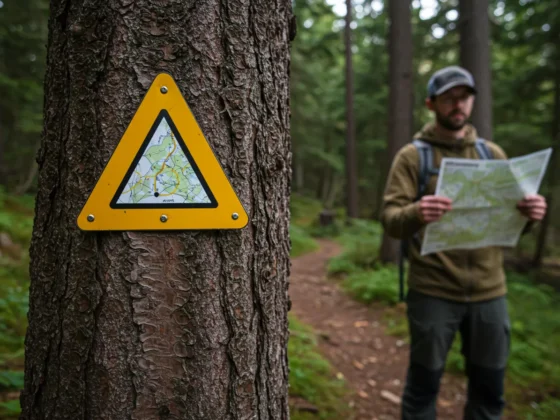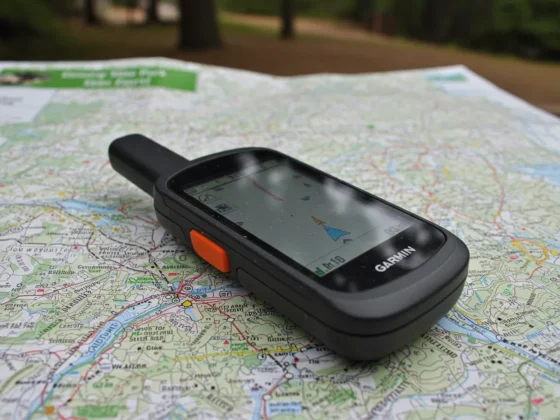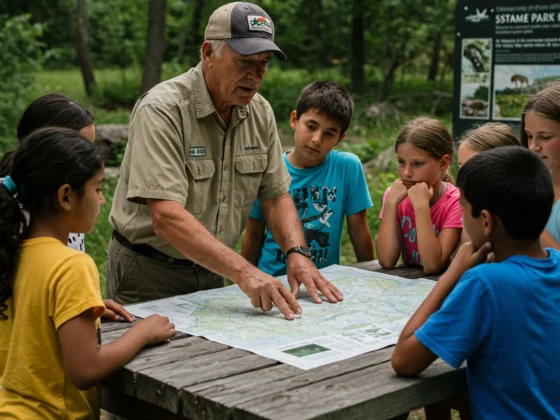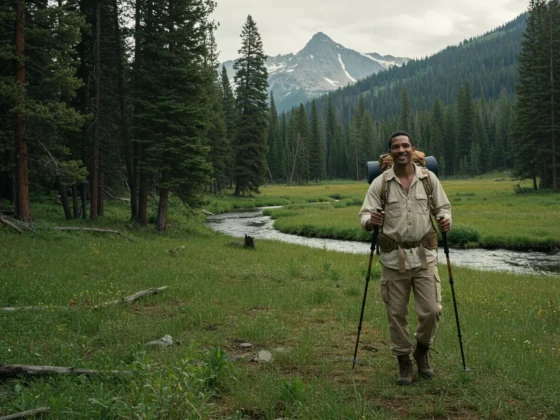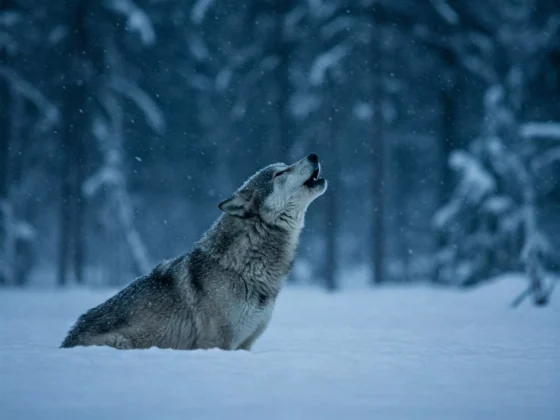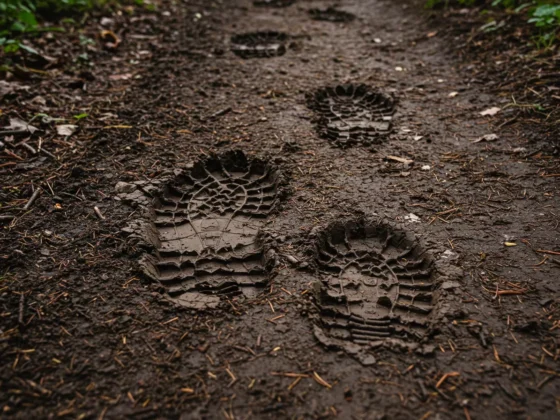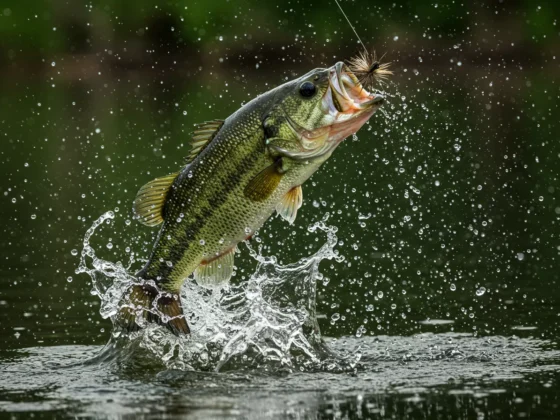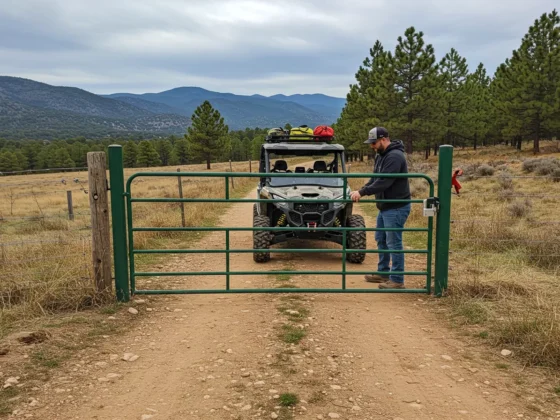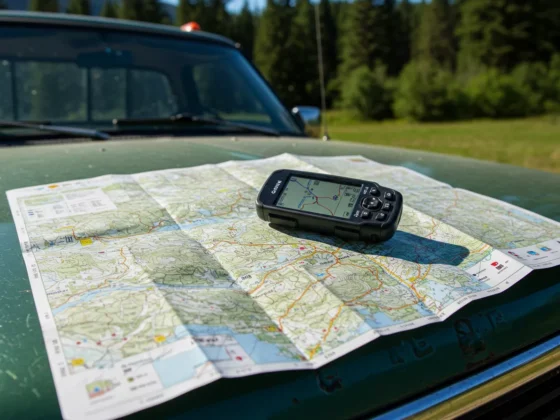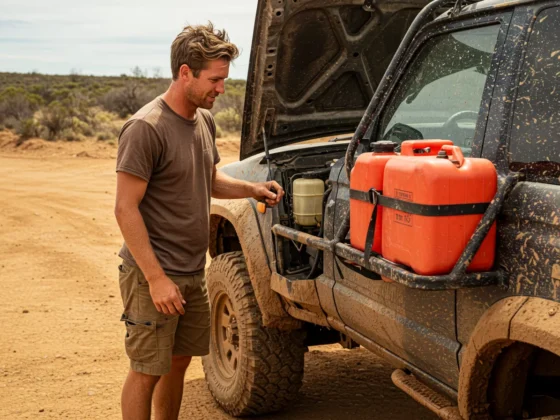Let’s talk about something that really matters—something that keeps our wild places just as wild for the next person who comes along. We venture out for the peace, the challenge, the raw beauty of nature. It’s where we go to unplug and reconnect with what’s real. But the truth is, every step we take, every fire we light, every fish we reel in—leaves a trace. The key is making sure that trace is as light as a falling leaf. That’s the heart of Leave No Trace.
Think of LNT not as a bunch of rules designed to spoil your fun, but as a set of principles, a mindset really, that helps us tread softly. It’s about being a good guest in nature’s house. Mastering these isn’t just about being ‘ethical’; it’s practical wisdom that makes your trips better and ensures those wild spots are there for your grandkids to enjoy just as much as you do.
There are seven core principles, and they cover just about everything. Let’s break ’em down:
- Plan Ahead and Prepare: This is the bedrock. You wouldn’t head out on a long drive without checking your map or fuel, right? Same goes for the backcountry.
- Know your route and regulations: Is camping allowed here? Are fires permitted? What’s the weather forecast? Got the right map and compass (and know how to use ’em)?
- Pack smart: Bring the gear you need, but no more. Pack out everything you pack in, so think about minimal packaging.
- Tell someone where you’re going: Crucial for safety, and it ensures that search and rescue isn’t tearing up the landscape looking for you if something goes sideways.
- Travel and Camp on Durable Surfaces: This one’s about protecting the ground itself. Those little wildflowers or delicate soil crusts? Step on ’em repeatedly, and they’re gone.
- Stay on trails: Trails are designed to handle traffic. Going off-trail can widen paths, create new ones, and damage sensitive vegetation and soils, leading to erosion.
- Camp in established sites: Look for existing fire rings and level spots that have clearly been used before. Camping on virgin ground tramples plants and compacts soil.
- Durable surfaces include: Established trails and campsites, rock, gravel, dry grass, or snow. Avoid fragile areas like meadows, stream edges, or muddy spots.
- Dispose of Waste Properly: Simply put: Pack it in, pack it out. This applies to everything.
- Trash: This is the obvious one. Every wrapper, every apple core (yep, that too – it can take ages to decompose and attracts animals), every bit of trash goes in your pack and comes out with you.
- Human Waste: This requires a little more effort but is vital for preventing pollution and the spread of disease. Get at least 200 feet (about 70 steps) away from water, trails, and camps. Dig a cathole 6-8 inches deep. Bury your waste and disguise the spot. Pack out all toilet paper and hygiene products. Seriously, all of it.
- Greywater: That water you used for washing dishes or yourself? Scatter it at least 200 feet away from water sources, don’t dump it in a concentrated spot. Use biodegradable soap sparingly (better yet, just rinse!).
- Leave What You Find: Wild places aren’t souvenir shops or science labs.
- Don’t take things: Rocks, plants, historical artifacts, antlers – leave them where you find them. They’re part of the ecosystem and the story of that place.
- Don’t build things: Resist the urge to build cairns (unless they’re official trail markers!), shelters, or other structures. It’s altering the natural state.
- Minimize alterations: Avoid digging trenches around your tent, chopping down live trees, or damaging vegetation.
- Minimize Campfire Impacts: Everyone loves a crackling campfire, but they can leave a lasting scar if not managed carefully.
- Check regulations: Are fires allowed? Are there restrictions (like fire bans)?
- Use established rings: If fires are permitted, use an existing fire ring or mound fire. Don’t create a new one.
- Use dead and downed wood: Only collect wood that is already on the ground and can be broken by hand. Don’t snap branches off live trees or standing dead ones.
- Burn wood completely to ash: This is key. Make sure the fire is truly dead out – drowned with water, stirred, drowned again – before you leave or go to sleep. The embers should be cool to the touch.
- Consider alternatives: In many areas, especially at higher elevations or fragile environments, a backpacking stove is a much better option for cooking. It’s faster, more efficient, and leaves no trace.
- Respect Wildlife: We’re visitors in their home. Let’s act like it.
- Observe from a distance: Use binoculars. Never approach animals, no matter how ‘tame’ they seem. Getting too close can stress them out, alter their behavior, or be downright dangerous for you.
- Never feed wildlife: This is a big one. Feeding animals, even squirrels or birds, causes them to lose their natural fear of humans, rely on handouts, and can lead to aggressive behavior. “A fed bear is a dead bear” is a harsh truth stemming from this.
- Secure your food: Use bear canisters, hang food properly, or use critter-resistant bags where necessary. This protects your food and, more importantly, prevents animals from getting a reward for approaching camps.
- Be Considerate of Other Visitors: We’re all out there seeking something – solitude, adventure, connection. Let’s not mess up someone else’s experience.
- Yield to others: Uphill hikers usually have the right of way. Step aside for equestrians. Be friendly, a simple “hello” goes a long way.
- Keep noise levels down: Your music, loud conversations, or barking dog can really disrupt the peace and quiet others are seeking.
- Respect solitude: Give others space, especially at viewpoints, campsites, or on narrow sections of trail.
- Control pets: Keep dogs under control, preferably on a leash, to prevent them from harassing wildlife or bothering other people. Pack out their waste too!
Putting these principles into practice isn’t about being perfect; it’s about being mindful and making conscious choices. It’s about understanding that every little action adds up. When we collectively choose to Leave No Trace, we ensure that the wild places we cherish remain just that – wild, beautiful, and open for all of us to explore for generations to come. It’s the best way I know to say “thank you” to Mother Nature for letting us visit.


